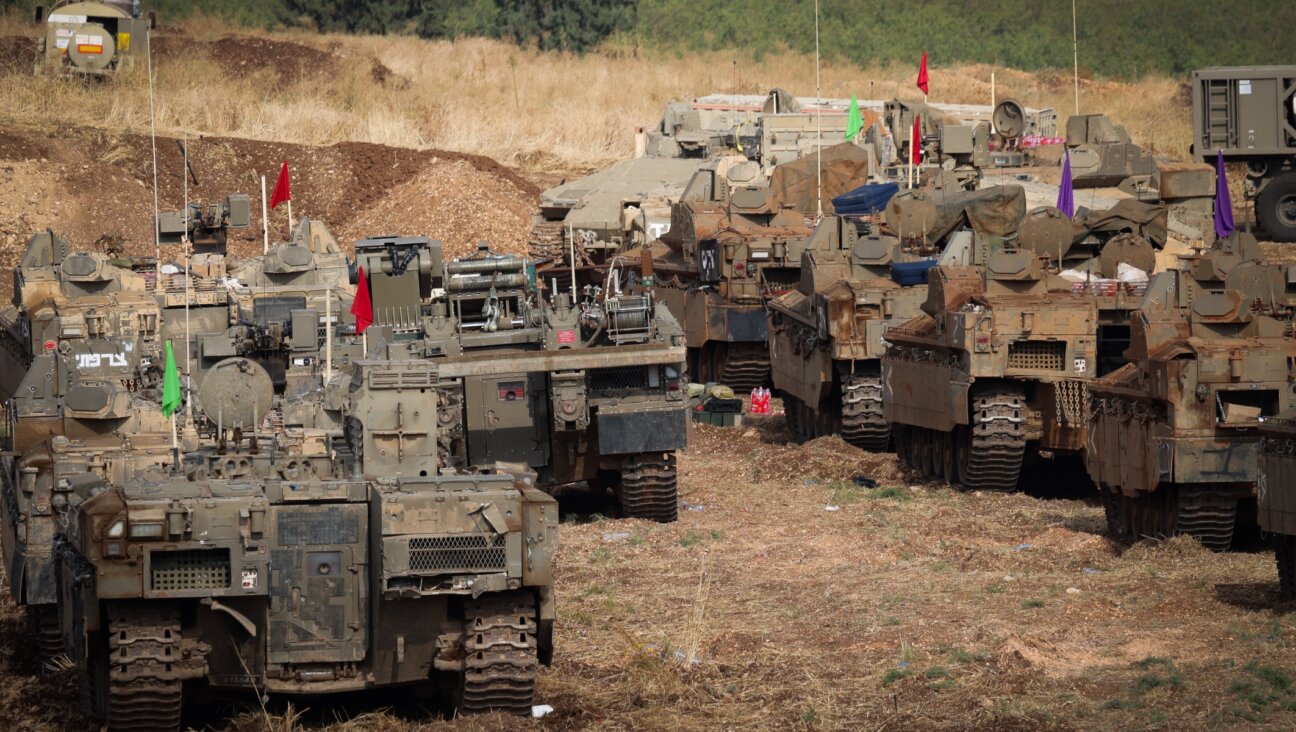Female IDF Soldiers Suffer More Stress Fractures
A study of women soldiers in Israel has found that for the IDF to attract more women to combat roles, it is going to have to make changes to more than just the design of military gear.
The IDF thought that it had eliminated the problem of women soldiers getting stress fractures by designing a new, lighter vest with narrower straps especially for them. But just a couple of weeks after the introduction of these new vests, a study on the integration of women into combat units has been released, showing that women soldiers suffer disproportionately higher numbers of stress fractures from the physical exertions required of combat soldiers.
Israel’s Channel 2 News reported that the study was conducted in cooperation with the U.S. Military’s medical corps. The researchers were interested in looking at the implications of the increased integration of women into IDF combat units, given the physiological differences between the sexes. The study found that even when physical demands were significantly reduced, 12% of women soldiers still suffered stress fractures. A control group of men who also had decreased physical demands put on them suffered no stress fractures (and also did not reach the level of physical fitness expected of male combat soldiers).
The stress fractures (mainly in the legs) in the women resulted not only from running, but also from standing for long periods of time (many of the women soldiers participating in the study were serving in units patrolling the border with Jordan). These injuries were attributed to the women’s lower (as compared to men’s) level of physical activity and fitness in their high school years prior to enlistment, and to the women’s having less muscle (and more fat) than men.
The information learned from this study has not led the IDF to reconsider its recruitment of women to combat units. It has, however, led to recommendations that the physical burden put on women in training and in their missions be calibrated so as to maximize fitness but minimize injury.
And those properly fitting vests couldn’t hurt, either.
A message from our CEO & publisher Rachel Fishman Feddersen

I hope you appreciated this article. Before you go, I’d like to ask you to please support the Forward’s award-winning, nonprofit journalism during this critical time.
We’ve set a goal to raise $260,000 by December 31. That’s an ambitious goal, but one that will give us the resources we need to invest in the high quality news, opinion, analysis and cultural coverage that isn’t available anywhere else.
If you feel inspired to make an impact, now is the time to give something back. Join us as a member at your most generous level.
— Rachel Fishman Feddersen, Publisher and CEO























